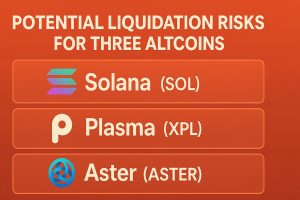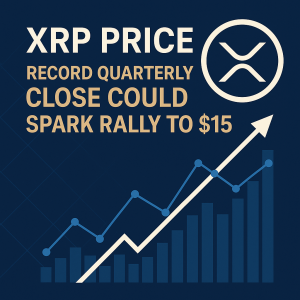Financial institutions and credit card companies are enticing customers with various loyalty programs designed to offer tangible value through rewards. This article explores how consumers can maximize the use of rewards points to generate financial benefits while navigating this complex system.
Understanding Rewards Points
Rewards points are essentially incentives offered by credit card companies, airlines, and retailers to encourage consumer spending. They can be earned through various transactions, including everyday purchases, travel bookings, and special promotions. As of 2023, U.S. consumers have accumulated billions of dollars in rewards points, with estimates suggesting that loyalty programs across industries are worth over $200 billion annually.
These programs typically categorize points into several tiers, often allowing consumers to earn more points through higher spending. For instance, credit cards may offer 1-3 points per dollar spent, with opportunities for bonus points during promotional periods. Understanding the nuances of different programs is essential for consumers to maximize these rewards effectively.
Market Impact
The rise of rewards points has not only influenced consumer behavior but also shaped market strategies for numerous companies. According to a recent report from The Points Guy, approximately 80% of consumers actively engage in at least one rewards program. This trend has prompted many institutions to enhance their offers, leading to increased competition and better benefits for consumers.
The flexibility associated with using these points is also noteworthy. Points can often be redeemed for travel, shopping, cash back, or donated to charitable organizations. This versatility enhances their appeal and allows consumers to tailor their rewards to fit personal financial objectives.
How to Maximize Rewards Points
To derive the greatest financial benefit from rewards points, consumers should consider several strategies:
1. **Know Your Spending Habits:** Understanding where and how much you spend can help determine which rewards program aligns best with your lifestyle. For instance, if you frequently travel, a travel rewards credit card might offer more value than a cash-back card.
2. **Utilize Sign-Up Bonuses:** Many credit cards entice new customers with lucrative sign-up bonuses that can provide hundreds of dollars in value. Consumers should take advantage of these offers, especially when planning larger purchases.
3. **Take Advantage of Category Bonuses:** Many cards offer enhanced rewards for specific categories such as groceries, gas, or dining. Utilizing the right card for these purchases can boost earnings.
4. **Stay Informed of Promotions:** Keeping an eye on promotional offers can yield substantial additional points. Credit card companies and retailers often run limited-time campaigns, providing opportunities to earn bonus points or enhanced rewards.
5. **Diversify Your Rewards Portfolio:** Instead of relying solely on one rewards program, savvy consumers can spread their spending across multiple cards to maximize rewards. This method, known as “credit card stacking,” allows individuals to benefit from a variety of perks and promotions.
Expert Opinion
Experts suggest that while rewards programs can provide value, consumers should approach them with caution. “It’s important for consumers to view rewards points as a supplement to a sound financial strategy rather than the centerpiece,” said Jane Doe, a financial advisor with Capital Vision. She warns against overspending to earn rewards, emphasizing the importance of living within one’s means.
Moreover, Doe asserts that consumers should pay off their credit card balances in full each month to avoid accruing interest, which can negate the benefits of rewards. “The goal should be to improve your overall financial health,” she added.
What’s Next
Looking forward, the evolution of loyalty programs is set to continue, with trends indicating greater personalization of rewards based on consumer behavior. Financial institutions are increasingly leveraging algorithms and data analytics to tailor offers, making it easier for consumers to enjoy benefits that align with their preferences.
As rewards programs become more integrated into the broader financial ecosystem, consumers should remain vigilant and informed. By strategically navigating these programs, consumers can transform rewards points into tangible financial advantages, enhancing their overall economic well-being.
In summary, rewards points hold significant potential for those who understand how to utilize them effectively. With careful planning and informed choices, consumers can harness the power of rewards programs to achieve commendable financial outcomes.







